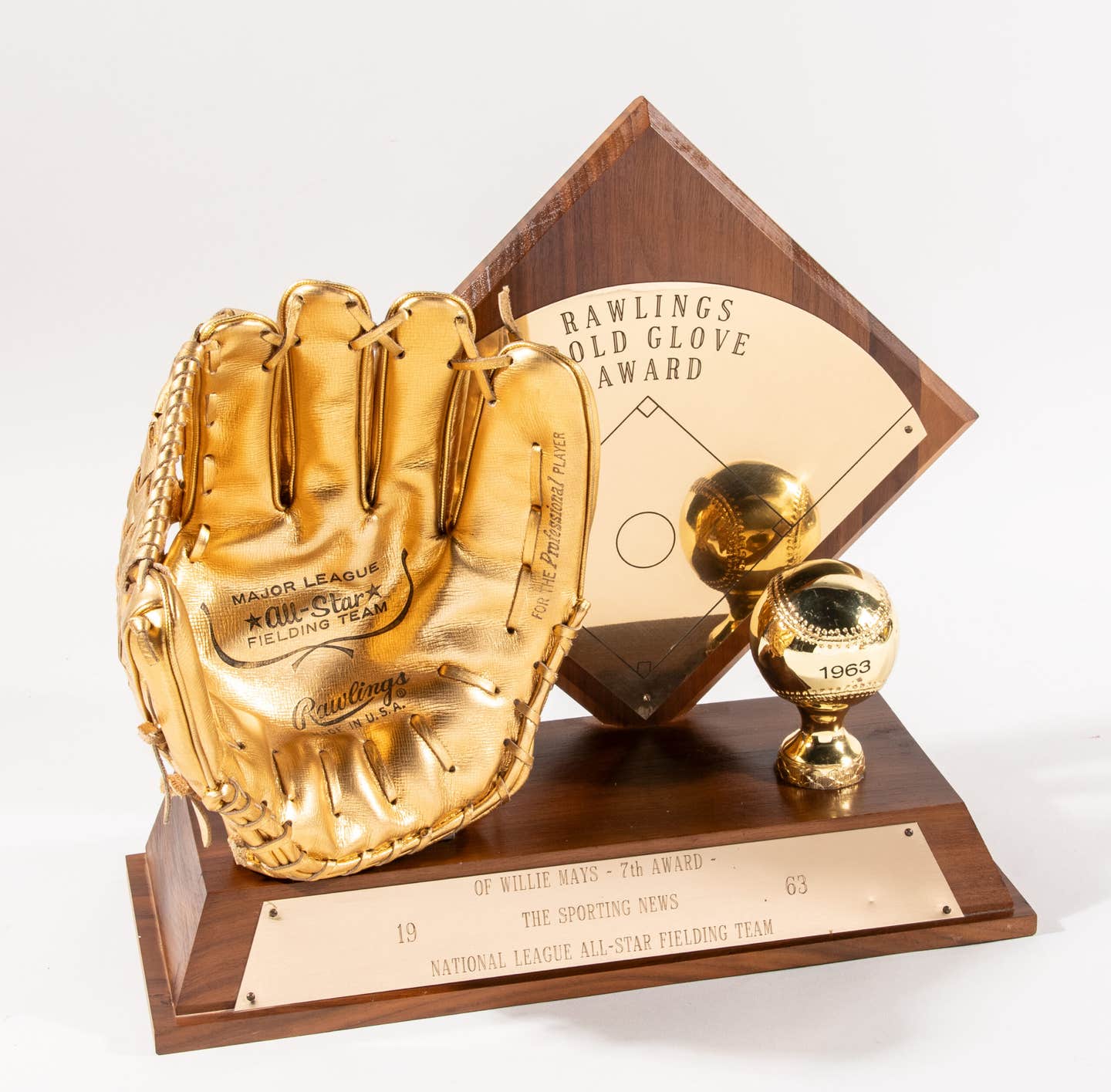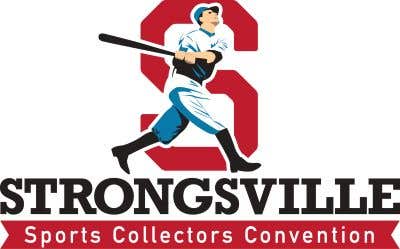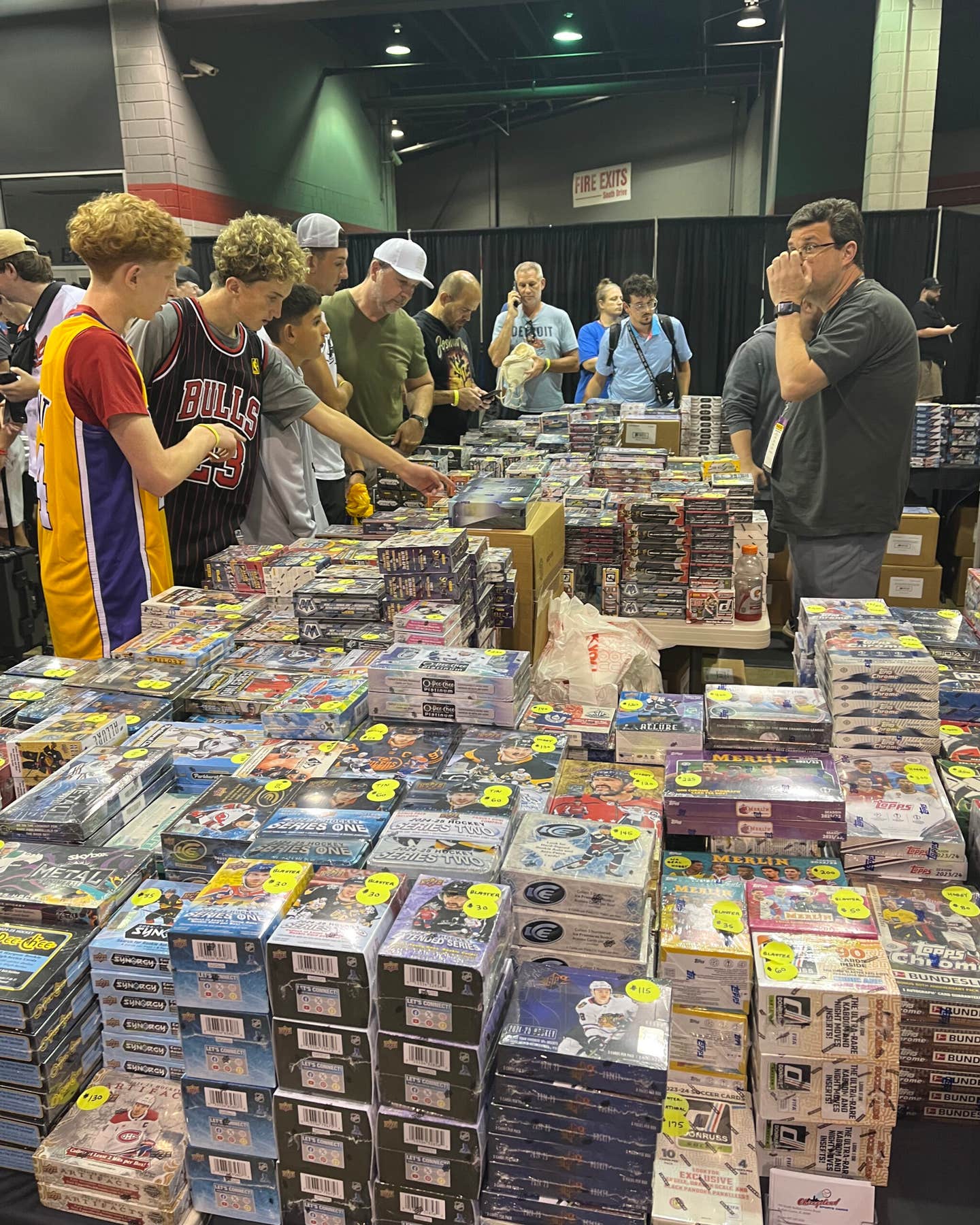News
Hockey Hall of Fame inducts Class of 2017
By Sal Barry
The Class of 2017 received hockey’s ultimate honor Nov. 13, when seven new members were inducted into the Hockey Hall of Fame. Inductees included: Teemu Selanne, Paul Kariya, Dave Andreychuk, Mark Recchi and Danielle Goyette. Those five were 2017’s additions to the Hockey Hall of Fame’s player category. Boston Bruins owner Jeremy Jacobs and longtime collegiate coach Clare Drake were this year’s addition to the builders’ category.
Selanne, who retired at the close of the 2013-14 season, was inducted in the first year of eligibility, while Kariya, Recchi, Goyette and Andreychuk had to wait some time before getting their due. All of these players had long and successful careers, either on the professional or international stage – and sometimes both. Here is a look at each player’s accolades that make them “Hall-worthy,” as well as some of their earliest hockey cards.
Slow as molasses
“Nobody thinks I want to be a Hall of Famer,” said Dave Andreychuk at the Hockey Hall of Fame induction ceremony. “You think about just trying to play in the NHL, you think about just trying to make your team better. Lots of it is about who’s with you.”
Andreychuk’s coach with the Tampa Bay Lightning, John Tortorella, once said that Andreychuk was “slow as molasses, but for some reason he gets it done.”
Tortorella may have been describing Andreychuk’s play – especially in his Tampa Bay years, when he was at the close of his career – but it could describe his wait for the Hall of Fame; it took a while, but now he’s in. Hockey players are first eligible three years after they retire, but Andreychuk – who retired in 2006 and was first eligible in 2009 – had to wait eight years.
“Getting it done” succinctly describes Andreychuk as a player, too. The 6’4” left wing scored 640 goals and 698 assists in 1,639 games. Andreychuk scored 274 goals on the power play, which stands as an NHL record. He played 23 seasons in the NHL, and his 1,639 regular-season games ranks seventh all-time. Although he did not win any individual awards during his NHL career, Andreychuk did captain the Lighting to the franchise’s first and only Stanley Cup Championship in 2004.
“I am so, so very proud to be up here today,” Andreychuk said. “Humbled by the fact that I’m part of this now. And it wouldn’t have been that way, if it weren’t for all the players that I played with. At the same time, we’re all role models that young kids will see. I’m very proud of that.”
Rookie Cards: Andreychuk is the only player from the Class of 2017 who had his rookie cards issued prior to the hockey card boom of 1990, when cards were printed in staggering quantities. His rookie cards are in the Topps and O-Pee-Chee Hockey sets from 1984-85. However, neither of those sets are particularly scarce. An interesting, harder-to-find alternative is Andreychuk’s “pre-rookie” card from the 1983 Team Canada World Junior Championship postcard set, which shows him as a 19-year-old.
The Hall’s fifth female
“For me, hockey is a universal language,” said Danielle Goyette. “Anybody can play. You just need a chance to prove it.”
Goyette proved herself many times over in an international career that lasted from 1992 to 2007. She is the fifth women to be inducted into the Hockey Hall of Fame since the Hall started electing women players in 2010. Goyette won eight gold medals and one silver medal as a part of the Canadian Women’s National Team at the Women’s World Championships.
“Playing for my country could be a lot of pressure,” she said, “but for me it was a drug. I never had enough. I just wanted more and more.”
Goyette also took part in the Olympics three times, winning a silver medal in 1998, and gold medals in 2002 and 2006.
“I was determined to do anything in my power to be a part of the first-ever Canadian Women’s (team) to participate in the 1998 Olympics,” she said.
For Goyette, that meant moving from Quebec to Calgary in 1996 to train – but also to learn English.
“I learned how to fight through adversity,” she said, “and became more confident as a person.”
At the time of her retirement, Goyette had 113 goals and 105 assists in 171 games with the Canadian Women’s National Team.
Rookie Card: Goyette’s rookie card is in the 1997-98 Upper Deck Collector’s Choice Hockey set, which – in anticipation of excitement for Women’s Hockey at the 1998 Olympics – included cards of 20 players from the Canadian Women’s National Team. However, her earliest card was released three years before, as a part of the 1994-95 Classic Hockey “Women of Hockey” insert set.
The first ‘Mighty’ Duck
Paul Kariya was the Anaheim Mighty Ducks’ first superstar player when he joined the team during the lockout-shortened 1994-95 season. Anaheim was sorely lacking in the star department, and Kariya’s blend of skill and speed quickly made him the Ducks’ first franchise player.
Kariya was a success even before his first NHL game. During his freshman year at the University of Maine, he led the Black Bears to an NCAA National Championship and won the Hobey Baker Award as college hockey’s best player. Kariya was the first freshman to win that award. He also won a gold medal representing Canada in the 1993 World Junior Championships, a silver medal in the 1994 Winter Olympics and a gold medal in the 1994 World Championships.
“When I was 15, our coach gave all the players on our team a sports visualization tape,” Kariya said during his induction speech. “For the rest of my career, I would spend countless hours, visualizing in my mind, being Wayne Gretzky, coming behind the net, setting up Jarri Kurri in the slot.”
That isn’t too far off of what his career would be like in Anaheim for six seasons, though the Finn he routinely set up was former teammate and fellow 2017 inductee Teemu Selanne.
“Teemu, I simply would not be standing here tonight if I didn’t get the chance to play with you,” Kariya said. “We will always be brothers, in this life and the next.”
During Kariya’s 15 seasons in the NHL, he was a point-per-game player, scoring 989 points (402 goals, 587 assists) in 989 regular season games. He added another 39 points in 46 playoff games. Kariya won the Lady Byng Memorial Trophy for sportsmanship in 1996 and 1997, and an Olympic gold medal in 2002.
Rookie Card: Kariya’s rookie card is in the 1992-93 Upper Deck Hockey set, as a part of its World Junior Championships subset, a good two years before his NHL debut. Like most hockey cards made in the early 1990s, it is very easy to find. A more challenging – and earlier – Kariya card to track down is from the 1991-92 Upper Deck World Junior Championship set, which was sold in Czechoslovakia in 1992.
Three Cups, three teams, three decades
Here’s a bit of trivia for you: Mark Recchi is one of only 11 players to win the NHL Stanley Cup with three different teams. However, he is the only player to win the Cup in three different decades with three different teams: the Pittsburgh Penguins in 1991, the Carolina Hurricanes in 2006 and the Boston Bruins in 2011. You can’t do that in a short career.
“I thought I’d be lucky to play five or six years, never mind 22 years,” Recchi said. “And wow, did it go quick. It was an amazing run.”
Twenty-two years in the NHL is amazing, but even more so if you consider that Recchi wasn’t drafted until he was 20, then spent a season in the minors – the only 2017 inductee to do so – before graduating to NHL stardom. His 1,652 regular-season games rank fifth all-time in the NHL. Recchi scored 577 goals and 956 assists in the regular season, and another 61 goals and 86 assists in the playoffs. His last three playoff goals, scored in the 2011 Stanley Cup Finals, set another NHL record; at age 43, Recchi is the oldest player to score a goal in the Finals.
Rookie Cards: Recchi had rookie cards in the 1990-91 Upper Deck, Score, Pro Set, Topps, O-Pee-Chee and Bowman sets. Like all hockey sets from that season, his cards were grossly overproduced. An interesting, though not necessarily rare, “pre-rookie” card of Recchi appears in the 1988-89 Pro Cards AHL/IHL set, which pictures him as a first-year pro with the IHL’s Muskegon Lumberjacks.
The Finnish Flash
Headlining the 2017 Hall of Fame induction ceremony was Teemu Selanne, who had to wait until the end to give his speech. But he probably did not mind, as he was the only 2017 inductee to be selected in his first year of eligibility. Perhaps the only thing better than that was that he got to go into the Hall with Kariya, his friend and former teammate
“I asked Paul if he’d do the speech [for me],” joked Selanne, “but he said I had to do it.”
Selanne earned the nickname “The Finnish Flash” because of his lightning-quick speed and his ability to bury pucks in the back of the net, seemingly in the blink of an eye. He is the all-time leading scorer among Finnish NHL players with 1,457 points. But he didn’t grow up dreaming about the NHL – because it seemed too out of reach.
“My goal was to play in the top league in Finland,” Selanne said. “My dream was to play for the national team, and my fantasy was the NHL. The NHL felt too far. I didn’t believe I’d ever make it, but all those things happened very fast.”
Fast indeed. Selanne first represented Finland internationally in 1988, played in Finland’s top league in 1989, and made it to the NHL by 1992.
Internationally, Selanne played in the Olympics six times (1992, 1998, 2002, 2006, 2010, 2014) and is the all-time leading scorer in Olympic ice hockey. He also represented Finland in the World Junior Championships, the World Championships and the Canada Cup Tournament.
“I’m so proud that for 26 years I put the Finnish jersey on,” he said.
In the NHL, Selanne set rookie records when he scored 76 goals and 132 points during the 1992-93 season. He easily won the Calder Memorial Trophy as the NHL’s rookie of the year in 1993, and was later the first-ever winner of the Rocket Richard Trophy for scoring the most goals (47) during the 1998-99 season. Selanne also led the NHL in goal scoring in 1993 and 1998, prior to the introduction of the Richard Trophy.
Later in his career, Selanne came back from a serious knee injury and was awarded the Masterton Trophy for perseverance in 2006. Most importantly, Selanne was a huge part of the Anaheim Ducks’ 2007 Stanley Cup Championship, when he was second on the team in playoff scoring – at just a month shy of 37.
“Twenty-one years in the NHL,” Selanne said. “Thanks for giving me the opportunity to play here and reach my dream.”
Rookie Cards: Selanne’s rookie card appears in the 1991-92 Upper Deck Hockey set, picturing him representing Finland at the 1991 Canada Cup Tournament, and is relatively inexpensive. If you want to find something really elusive, track down his sticker from the 1991 Semic World Championships set, which predates his rookie card by one season and was printed in both Swedish and Finnish versions. u
Sal Barry is a freelance contributor for Sports Collectors Digest. He can be reached at sjb@puckjunk.com or on Twitter @puckjunk.








